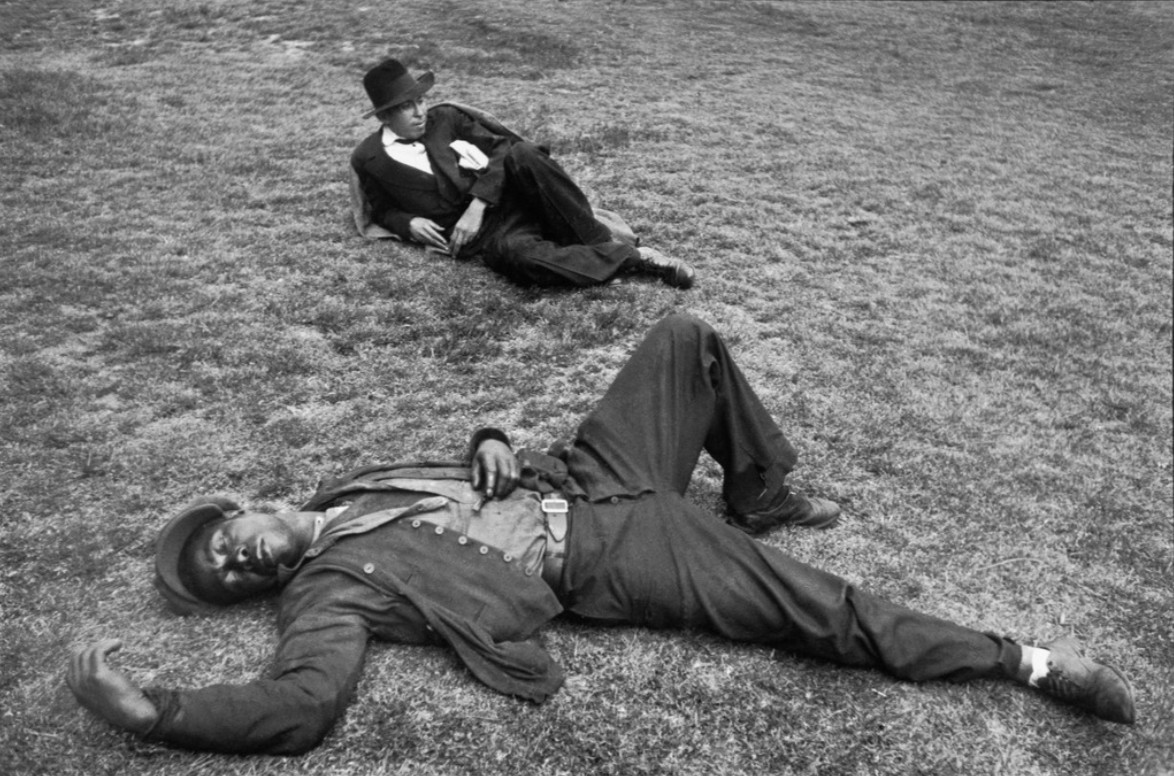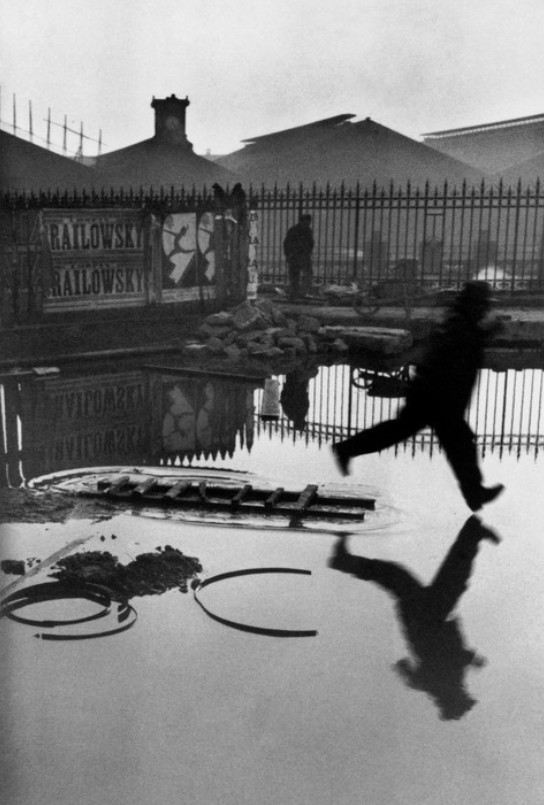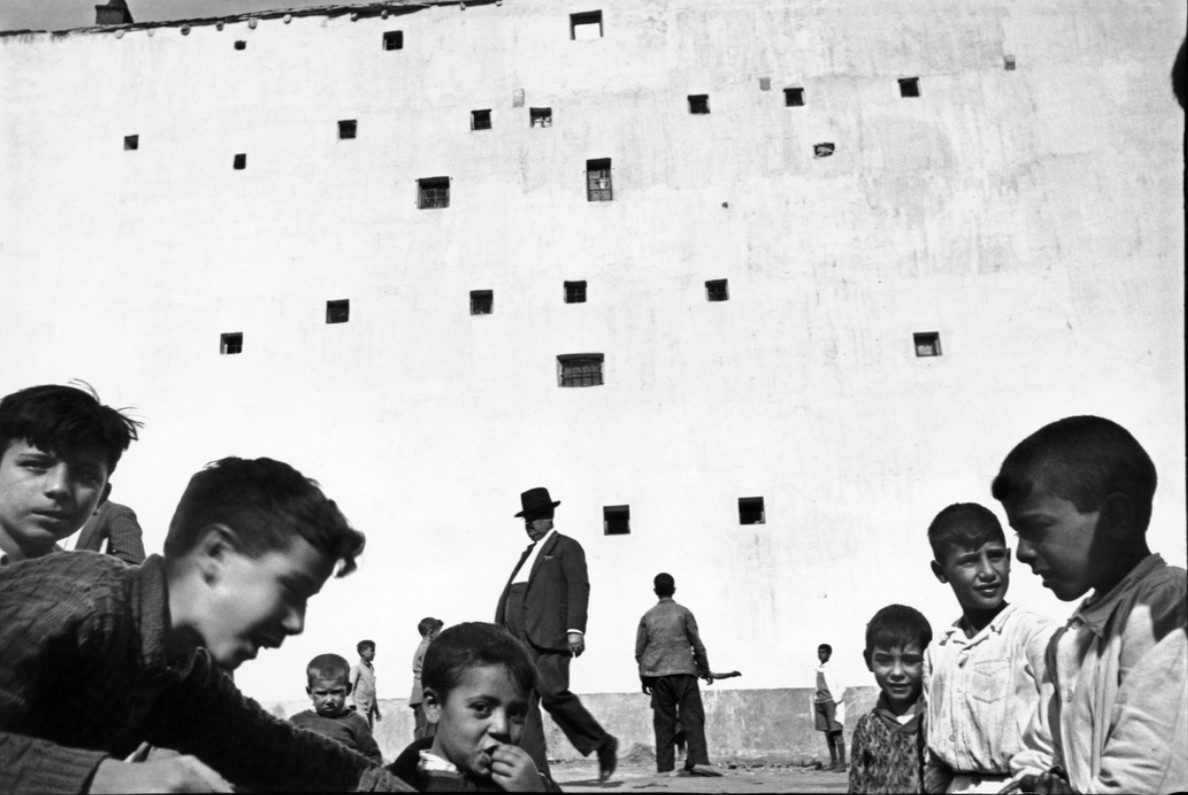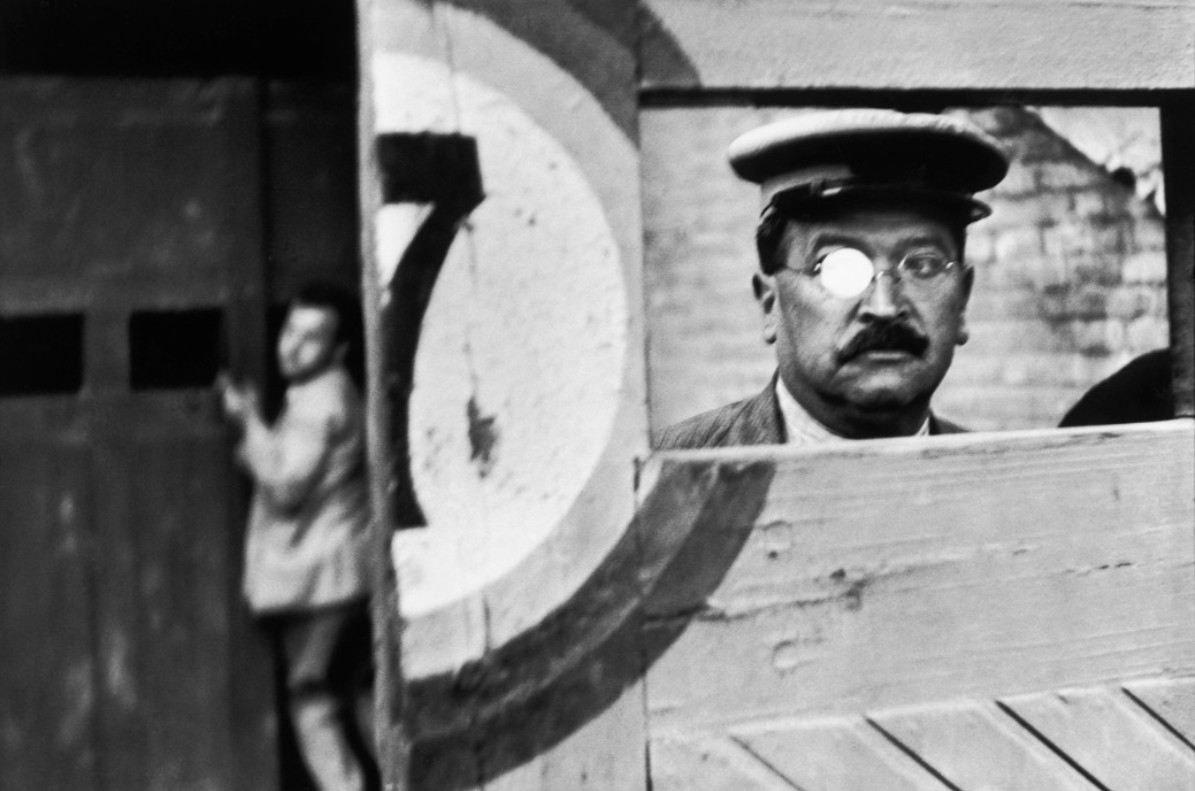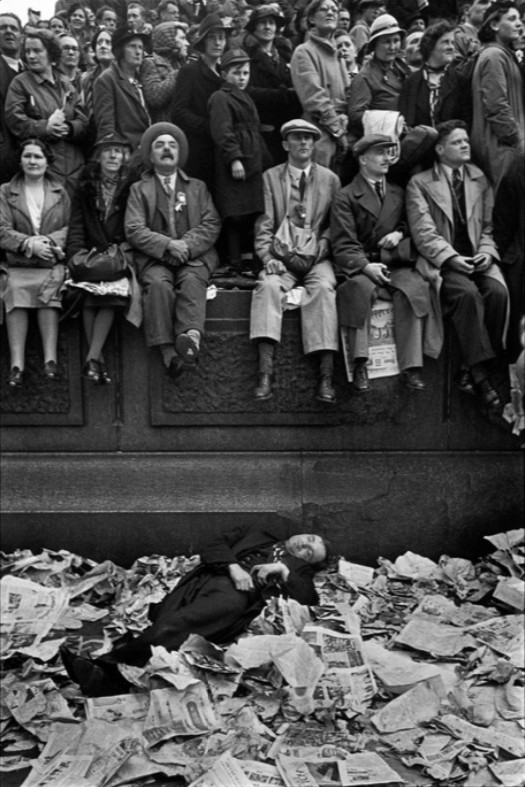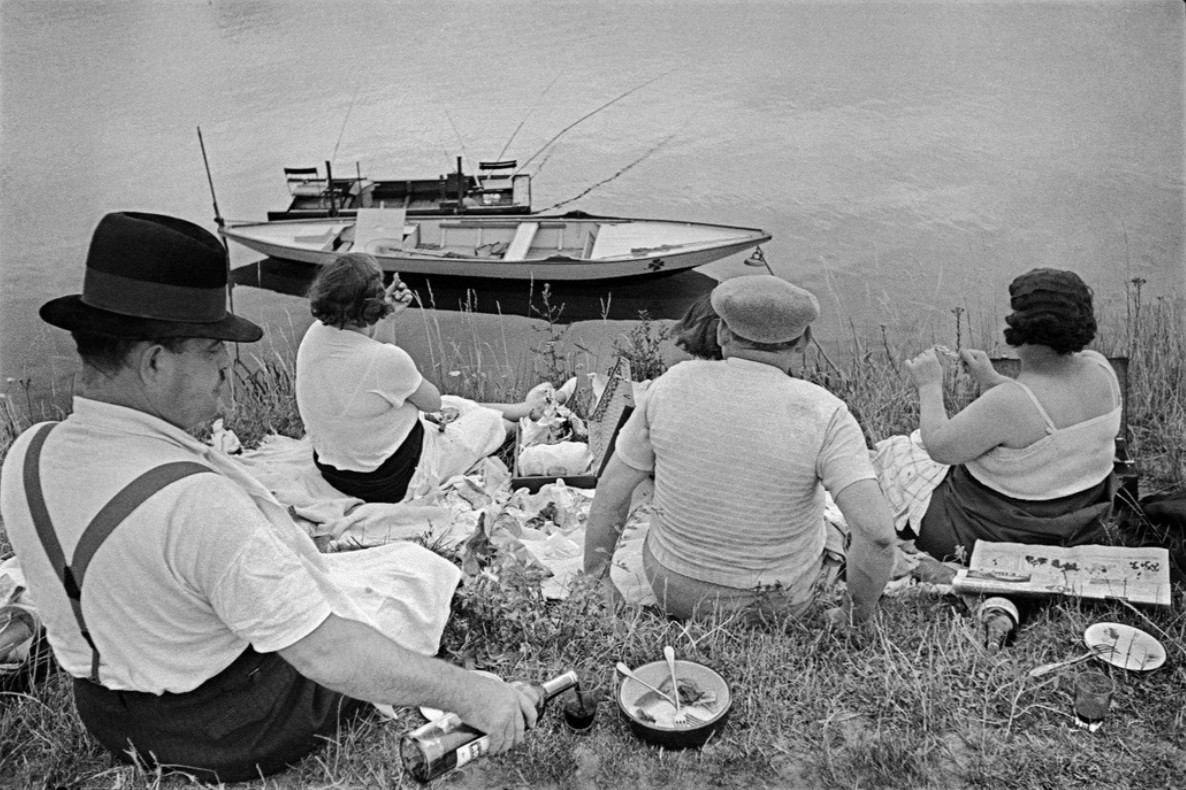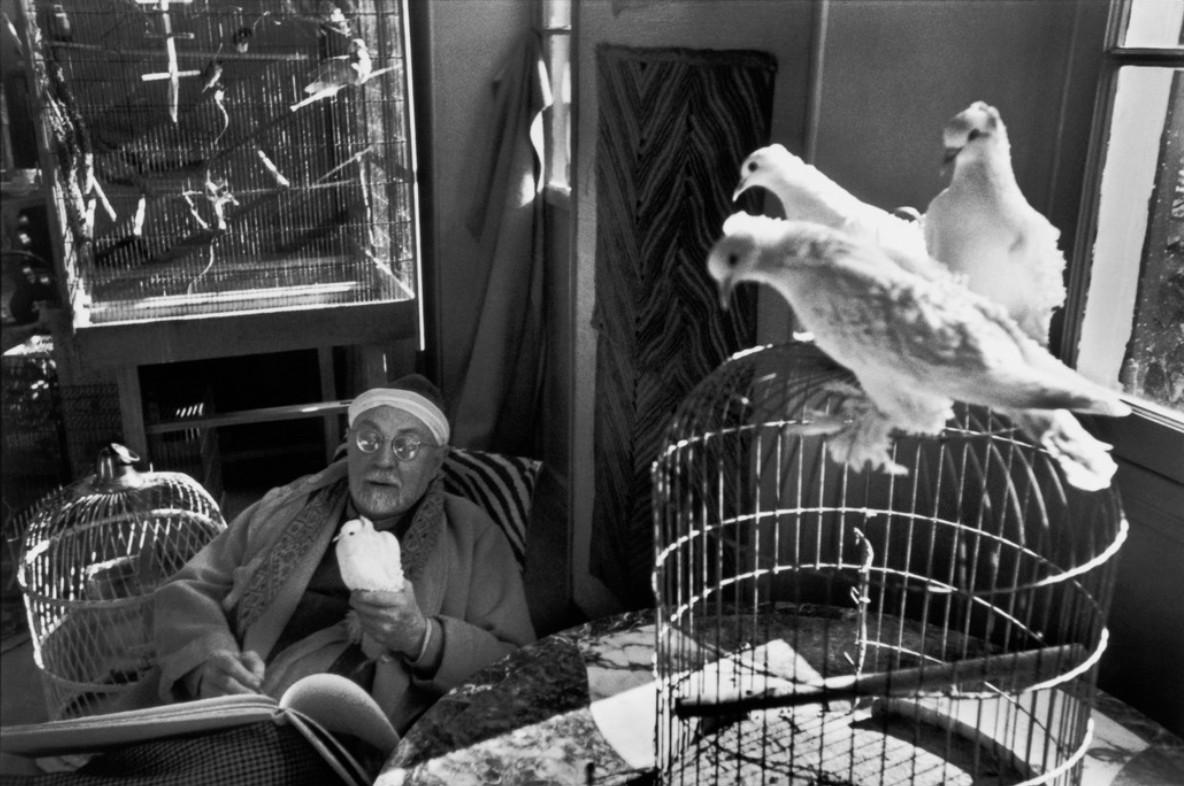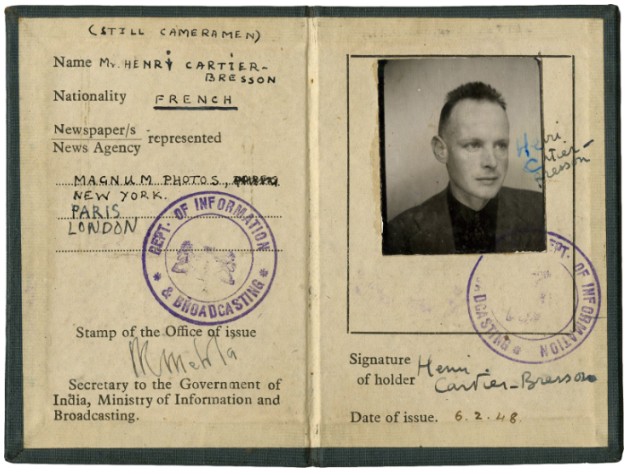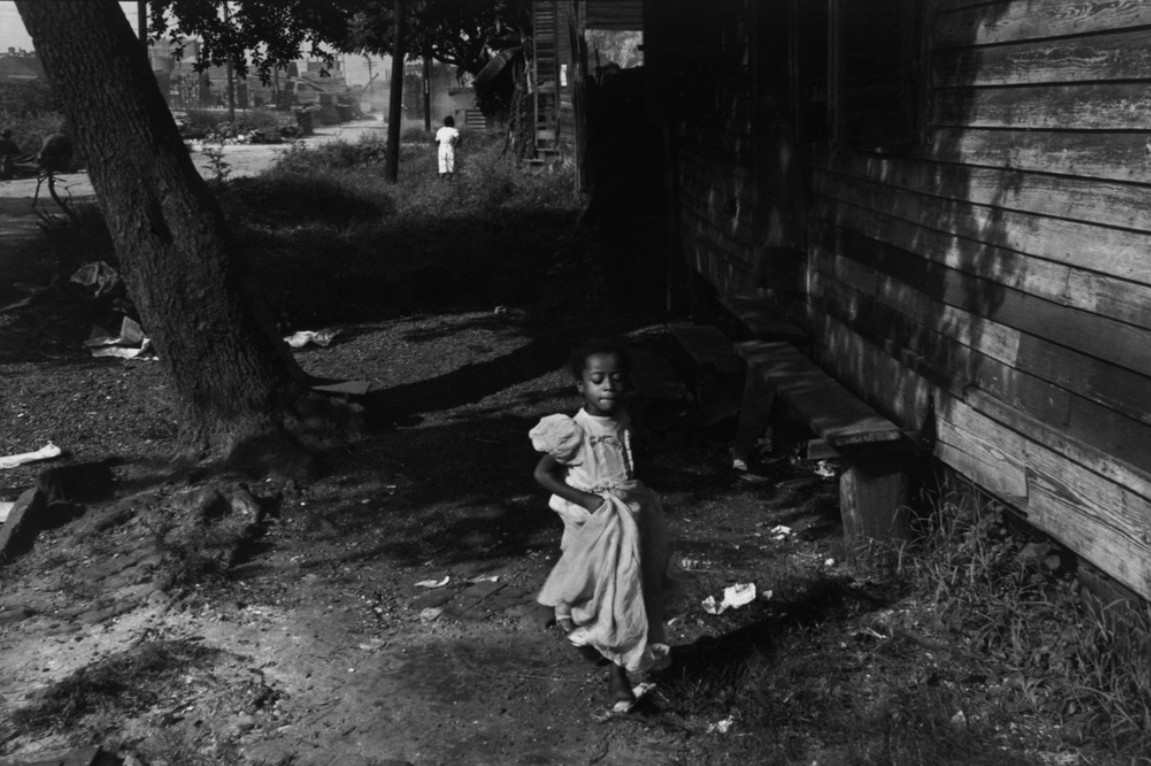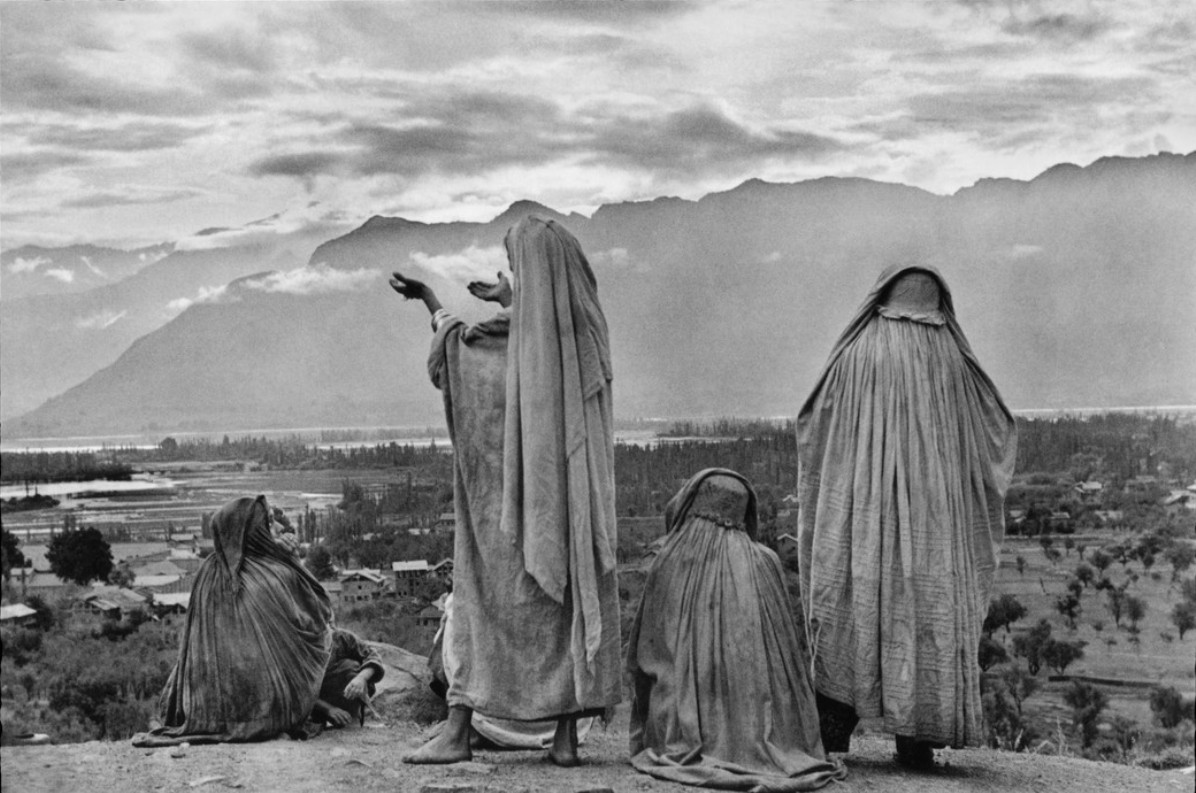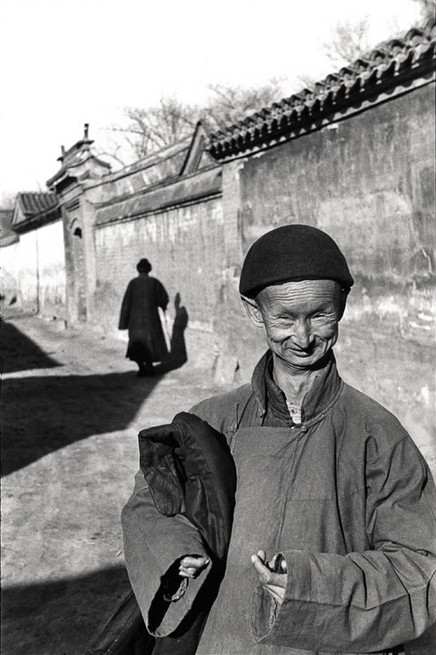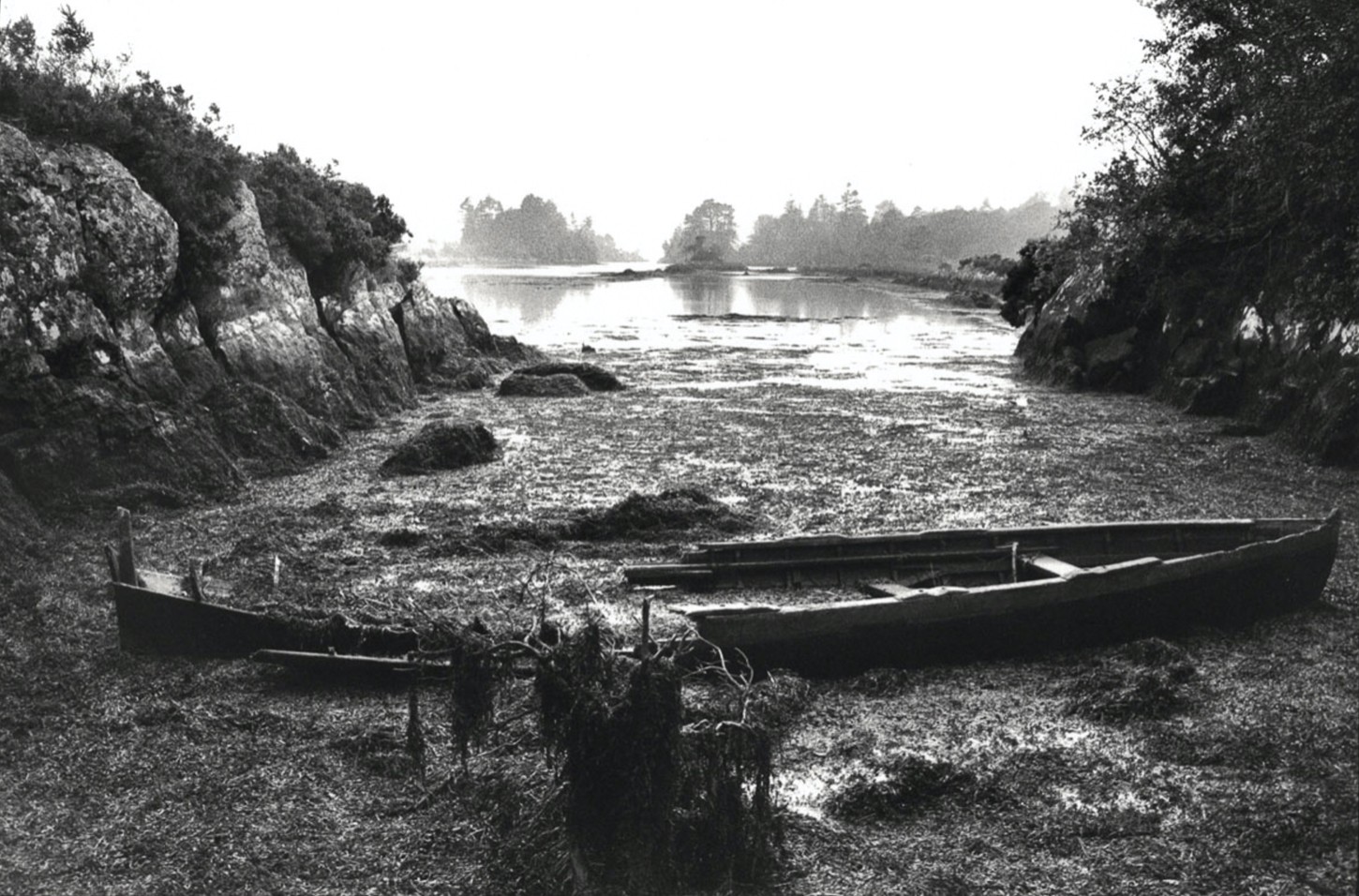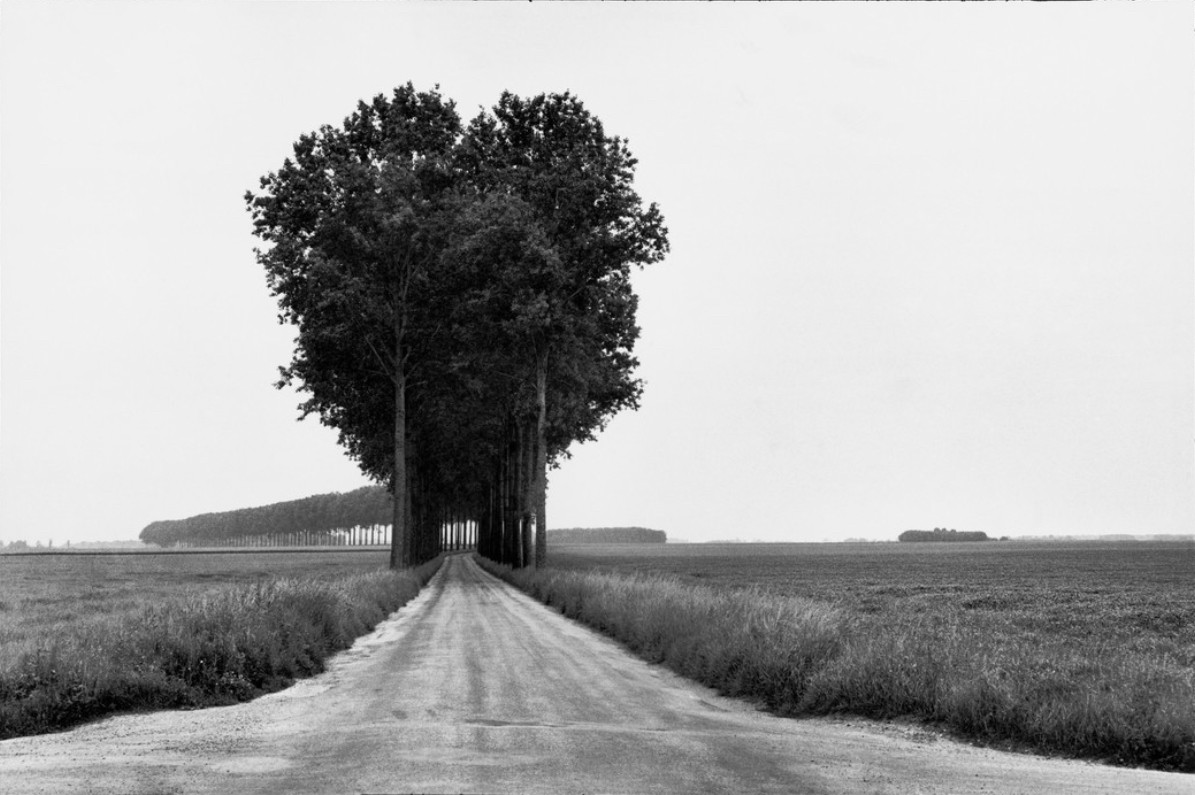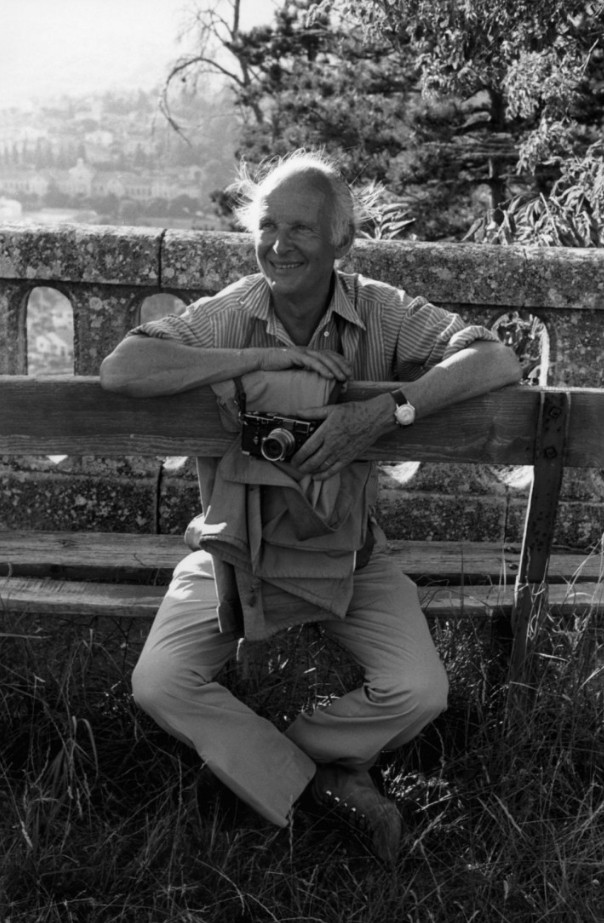Henri Cartier-Bresson: The Velvet Hand…The Hawk’s Eye
Born in France in 1908, Henri Cartier-Bresson demonstrated an early interest in art and at the age of five he began an apprenticeship in painting with his uncle Louis, an accomplished painter. He also studied with Cubist Andre Lhote and portraitist Jacques-Émile Blanche. He befriended many of the Surrealists but also studied a wide variety of Renaissance artists at the Louvre. By the late 1920s though, Cartier-Bresson became frustrated at his inability to use what he had learned to express himself through painting; he destroyed most of his early paintings.
Cartier-Bresson turned to photography in the early 1930s, inspired especially by Martin Munkácsi’s photograph of three boys playing in the surf, of which he said “I suddenly understood that a photograph could fix eternity in an instant.” This philosophy drove all of the artist’s photographic career, finally being epitomized with the phrase “the decisive moment,” the English title of his 1952 book. He had very clear opinions about how he should take pictures. He used a small camera, usually a Leica 35mm with a 50 mm lens and worked exclusively in black and white. Working with his small camera gave him what he called "the velvet hand ... the hawk's eye." The artist did not believe in using flash for his pictures; he felt it was impolite and disruptive to the setting. He wished to be nearly invisible so that he could capture purely candid images and even wrapped shiny parts of his camera in black tape so that it wouldn’t attract attention. Cartier-Bresson composed his pictures in the viewfinder and was disinterested in using cropping and darkroom effects, generally showing little interest in any of the technical aspects of making and printing his photos. He thought that “people think far too much about techniques and not enough about seeing.”
In his early years as a photographer, Cartier-Bresson traveled throughout Europe capturing scenes that caught his attention; his first assignment as a photojournalist was to cover the coronation of King George VI in London in 1937. After World War Two, in 1947, he joined with other photojournalists to form Magnum Pictures, a cooperative photo agency owned by its members. Among many assignments thereafter, Cartier-Bresson covered Gandhi’s funeral in India and the end of the Chinese Civil War. In 1966, he changed his focus to landscape and portrait photography and then retired from professional photography in the early 1970s, returning to his early interest in drawing and painting. Henri Cartier-Bresson died at the age of 95 in 2004.
